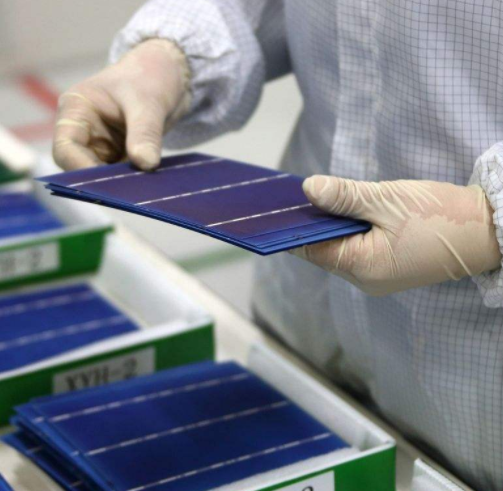Silicon solar cells will eventually go to the end?
Date:2019-08-16 origin:RCCN Visit:3158
"Perovskites" (Perovskites) is a group of materials with the same mineral structure as the original perovskite, a mineral raw material discovered in the 19th century. These materials are no stranger to the study of solar energy. They have some very attractive features that can increase solar panel efficiency at a lower cost than silicon. At present, an international team of scientists has taken a step further on the path of perovskite solar research.
In a paper published in the journal Science, the team reported the results of the perovskite compound CsPbI3, which is more efficient in solar power than similar materials.
The Institution of Mechanical Engineers quoted the researcher as saying: "We are excited about the results of CsPbI3's ability to compete with industry-leading materials. From this preliminary result, we are committed to improving Material stability and expansion of its business prospects."
In fact, the stability of perovskite materials has become a problem when solar power generation is questioned. As explained by the Institute of Mechanical Engineers (Imeche), CsPbI3 is often studied in its alpha phase, a well-known crystal structure that is defined as a dark phase due to its black appearance. This stage is particularly suitable for absorbing sunlight, and unfortunately it is also unstable - its structure degrades rapidly into yellow, and it does not absorb sunlight.
This is the second phase --- the yellow phase --- team members focus on this phase of research. Specifically, at this stage, they focused their attention on some cracks on thin-film perovskite solar cells and eliminated these cracks to remove current barriers. They used a chemical called choline iodide solution and found that in addition to eliminating cracks, the fermentation efficiency of the compound increased from 15% to 18%.
This discovery was followed by another discovery, created by researchers at the University of Leuven, Belgium. The team found a way to keep the perovskite atoms in the dark phase by sticking the perovskite to a glass plate and heating it to 330 degrees Celsius to adhere the perovskite atoms to the glass surface. Once they stick to the glass, the perovskite atoms cannot move and form the yellow phase of the mineral.
Researcher Dr. Julian Steele said: "There are three pillars that determine the quality of solar cells: price, stability and performance. Perovskites have great advantages in terms of performance and price, but they Stability is still a major issue.” He added that the researchers use the same type of perovskite as international researchers, which happens to be one of the highest performing but most unstable variants in the material. Therefore, the results should be applied to other unstable perovskites.
All of this work is currently done in the lab, but perovskites are certainly a replacement for silicon solar cells and are promising. As the prices of various materials become lower and lower, solar power generation is becoming cheaper, but with the maturity of silicon-based solar technology, there is little room for further improvement. On the other hand, emerging technologies such as perovskite solar cells have great room for improvement. However, it remains to be seen whether all of these potential improvements will be realized.
















 RCCN WeChat QrCode
RCCN WeChat QrCode Mobile WebSite
Mobile WebSite
